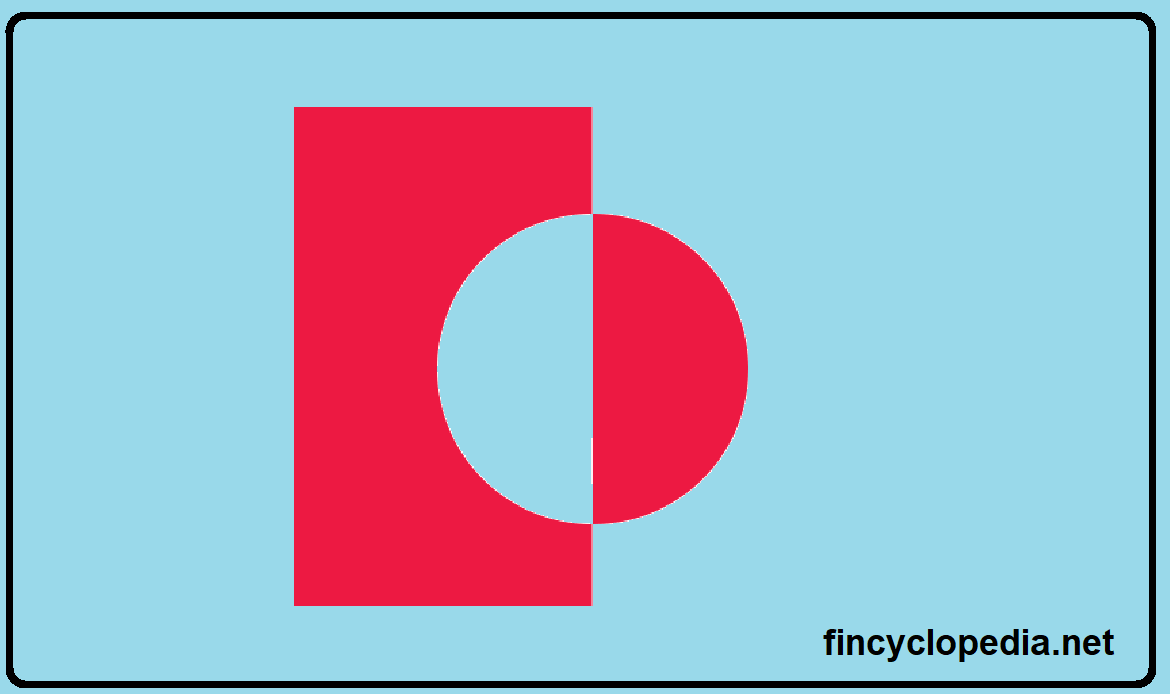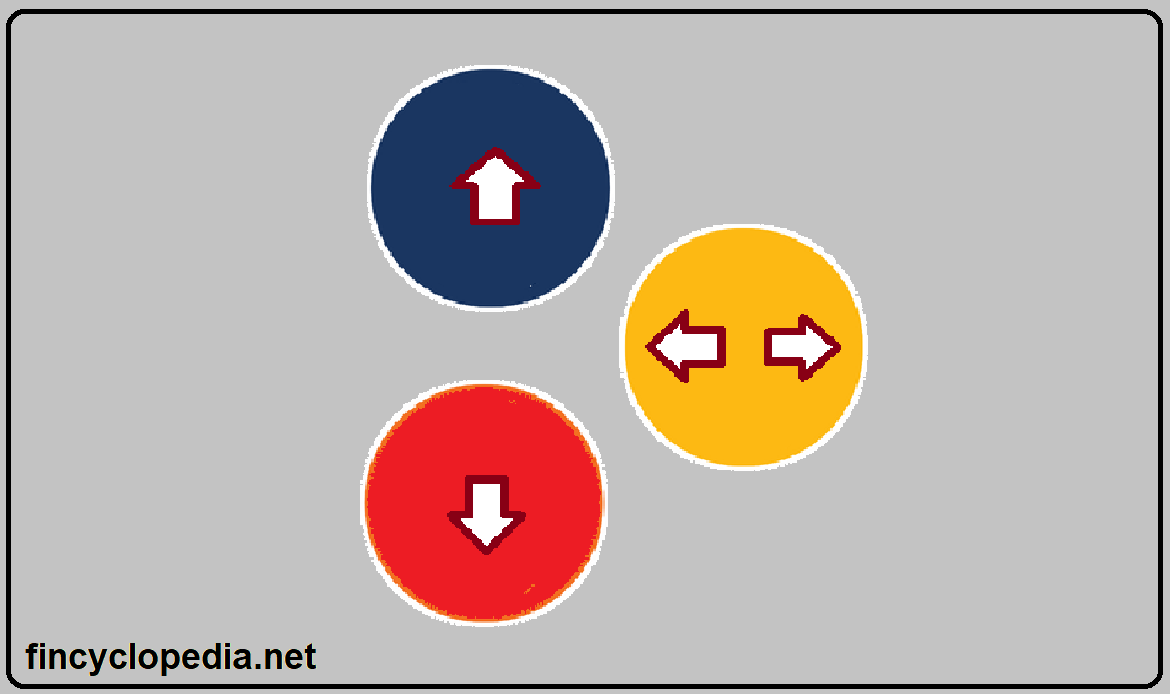Gain or loss on disposal of an asset (particularly a non-current asset) is the difference between the sale price (sales proceeds) of the asset and the cost or valuation less accumulated depreciation up to the date of disposal. Fair value (FV) is irrelevant in the calculation of such gains or losses.
The value at which a non-current is recognized in the books of the entity is the carrying value, i.e., cost less accumulated depreciation. However, this value is unlikely to be exactly equal to the sale proceeds. The difference between the gain or loss made on disposal.
Gain (loss) on disposal = sale proceeds – carrying value
Gain (loss) on disposal = sale price – (cost of asset – accumulated depreciation)
If sale proceeds exceed carrying value, a gain is made. In the opposite case, a loss is made.
For example, a non-current asset with a cost of USD 10,000, and an accumulated depreciation of USD 8,000, has been sold (disposed) for an amount of USD 3,000, while its fair value was USD 5,000:
Gain on disposal = 3,000 (10,000 – 8,000) = USD 1,000







